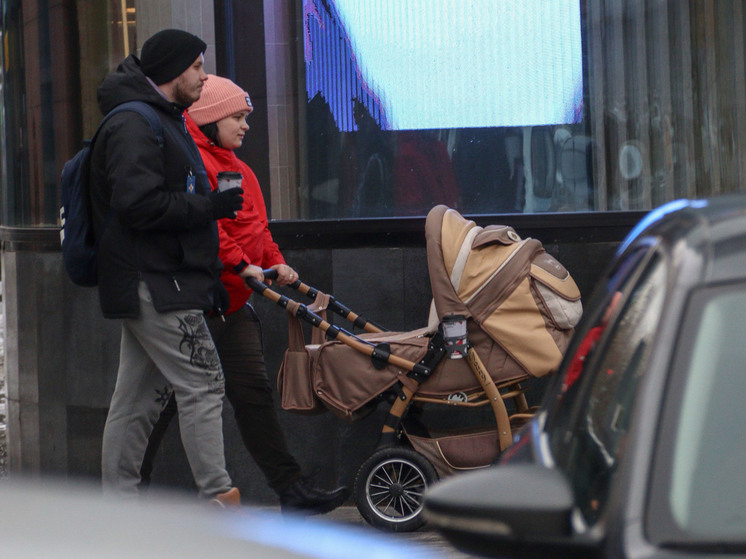Higher School of Economics research: the share of financially unstable households has increased over six months

The share of financially unstable families in Russia has increased over six months from 56.4% to 62.4%. This conclusion was reached by scientists from the National Research University Higher School of Economics (HSE) in their work “Barometer of Household Economic Behavior,” the RBC portal reported on Thursday, March 28. Families who have no savings or spend more than 30% of their income on paying loans fall into the financially unstable category. It is curious that the share of financially unstable families is growing against the backdrop of declining poverty levels in Russia.
In small towns with a population of up to 100 thousand people and villages, the rate of financially unstable families was higher. There, virtually every second family belongs to this category. Moreover, in Moscow the share of such people does not exceed 4-5%, and in St. Petersburg it is even less — no more than 3-4%. The majority of financially unstable households are led by people aged 35 to 54 years (41%), which approximately corresponds to the share of respondents with children among them (43%), the study notes.
The increase in financial instability of families occurs at against the backdrop of the poverty level in Russia falling to a historical low, which currently stands at 9.3% or 13.5 million people. At the same time, there was a record increase in real wages of Russians over the last five years (by 7.8%). However, as Vasily Anikin, a leading researcher at the Institute of Sociology of the Federal Research Center of the Russian Academy of Sciences, said, it is likely that for a number of households in Russia, income growth cannot compensate for the increase in prices for food, durable goods and real estate, as well as expensive services — educational and tourism.


